Uneven Plant Watering? How Does a Pressure Compensating Dripper With Stake Fix This?
Content
- 1 Why Do Potted & Garden Plants Often Get Uneven Watering? The Hidden Causes
- 2 What Makes a Pressure Compensating Dripper Different? The Core "Balancing" Principle
- 3 Which Plants Benefit Most From This Dripper? Not Just for Gardens
- 4 How to Install & Use It Correctly? Avoid Common Mistakes
- 5 How to Tell if It’s Working? Simple Ways to Verify Even Watering
Why Do Potted & Garden Plants Often Get Uneven Watering? The Hidden Causes
Many plant lovers struggle with yellowing leaves, root rot, or slow growth, and uneven watering is often the unnoticeable culprit. The reasons behind this go beyond just "watering too much or too little."
- Water pressure fluctuations: Ordinary drippers or hoses rely on unstable water pressure. When multiple drippers are connected to one water source, the first dripper gets strong pressure (overwatering) while the last one gets weak pressure (underwatering)—this is especially obvious in long garden rows or multi-tiered potted stands.
- Terrain & placement differences: Sloped gardens, raised beds, or hanging pots create height gaps. Water flows downward due to gravity, so plants on higher ground get less water, while those below are soaked.
- Soil absorption speed: Even with the same amount of water, sandy soil drains fast (leading to dry patches) and clay soil retains water (causing waterlogging). Ordinary watering tools can’t adjust for these soil differences, resulting in uneven moisture.
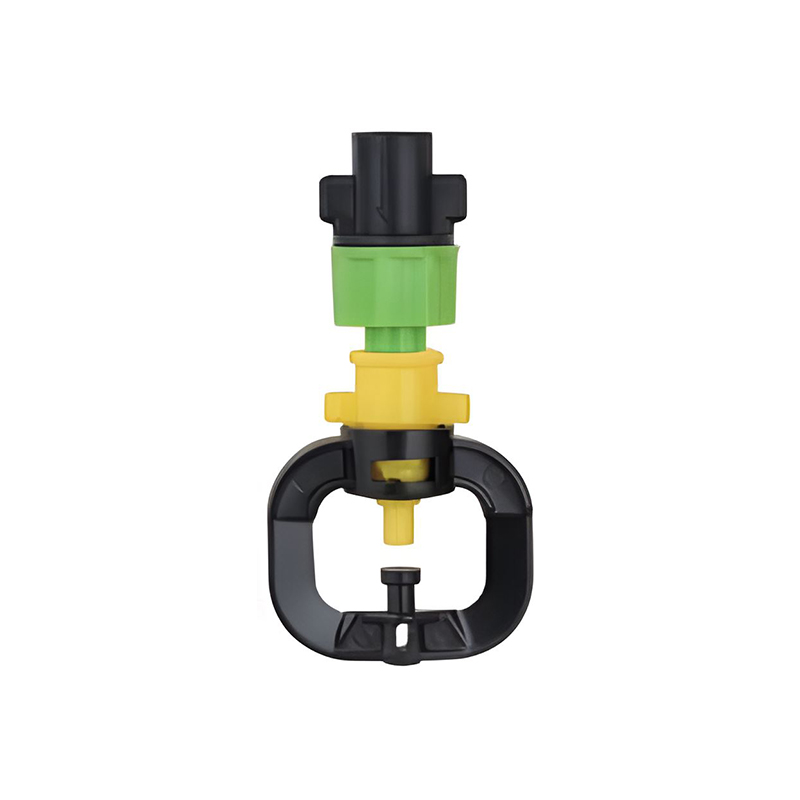
What Makes a Pressure Compensating Dripper Different? The Core "Balancing" Principle
Unlike regular drippers that "drip based on pressure," a pressure compensating dripper with stake uses a special internal design to keep water output consistent—no matter the external conditions. Here’s how its key mechanism works:
- Built-in pressure-regulating diaphragm: Inside the dripper, there’s a flexible silicone diaphragm. When water pressure is too high, the diaphragm compresses to narrow the water flow channel; when pressure is too low, it expands to widen the channel. This ensures the dripper releases the same amount of water (usually 0.5-2 gallons per hour) even if the main line pressure changes.
- Stake fixes placement stability: The attached stake lets you insert the dripper directly into the soil near the plant’s root zone (not just on the soil surface). This avoids water runoff (common with surface drippers) and ensures water reaches the roots—where plants need it most.
- Clog-resistant design: Most models have a fine mesh filter at the water inlet. It blocks soil particles, fertilizer residues, or algae from entering the dripper, preventing clogs that would stop water flow to specific plants.
Which Plants Benefit Most From This Dripper? Not Just for Gardens
A pressure compensating dripper with stake isn’t limited to large gardens—it’s a game-changer for various plant types and scenarios where even watering is critical.
- Potted plants: Hanging baskets, window boxes, and multi-shelf potted plants often suffer from uneven water distribution. The stake lets you position the dripper right at the root ball of each pot, avoiding overwatering the bottom shelf and underwatering the top.
- Vegetable gardens: Crops like tomatoes, peppers, and lettuce need consistent moisture to grow. With these drippers, every plant in a long row gets the same amount of water—no more stunted growth from dry spots or rot from waterlogging.
- Sloped or uneven landscapes: Shrubs, flowers, or fruit trees on hillsides or raised beds no longer have to compete for water. The pressure-regulating function balances out height differences, so plants at the top get as much water as those at the bottom.
How to Install & Use It Correctly? Avoid Common Mistakes
Even the best dripper won’t work well if installed wrong. Here are simple steps to ensure it delivers even watering, plus mistakes to avoid:
- Choose the right flow rate: Match the dripper’s flow rate to your plant’s needs. For small herbs or succulents, pick 0.5-1 GPH (gallons per hour) drippers; for thirsty plants like tomatoes or hydrangeas, go for 1-2 GPH.
- Install near the root zone: Insert the stake 2-3 inches into the soil, 3-4 inches away from the plant’s stem. Don’t put it too close to the stem (risk of rot) or too far (water won’t reach roots).
- Check water pressure first: Before connecting multiple drippers, test your main water line pressure. Most pressure compensating drippers work best with 10-50 PSI—if pressure is too high (over 50 PSI), add a pressure regulator to avoid damaging the drippers.
Common mistakes to skip:
- Don’t ignore the filter—clean it every 2-3 weeks to prevent clogs.
- Don’t use the same flow rate for all plants (one size doesn’t fit all).
- Don’t place the stake on hard, dry soil—water may run off instead of soaking in; loosen the soil first.
How to Tell if It’s Working? Simple Ways to Verify Even Watering
After installing the dripper, you need to confirm it’s actually solving the uneven watering problem. Here are easy checks:
- Soil moisture test: 24 hours after watering, use a moisture meter or stick your finger 1-2 inches into the soil near each plant. The soil should feel evenly moist (not too wet or too dry) across all plants—this means the dripper is distributing water consistently.
- Observe plant growth: Over 2-3 weeks, check if yellow leaves stop appearing, and new growth (like new shoots or leaves) is uniform across all plants. If some plants still look wilted or stunted, adjust the dripper’s position or flow rate.
- Water output check: Collect water from a few drippers (at the start, middle, and end of the line) in cups for 1 minute. The amount of water in each cup should be nearly the same—this proves the pressure compensating function is working.


 Search for...
Search for... English
English Español
Español 中文简体
中文简体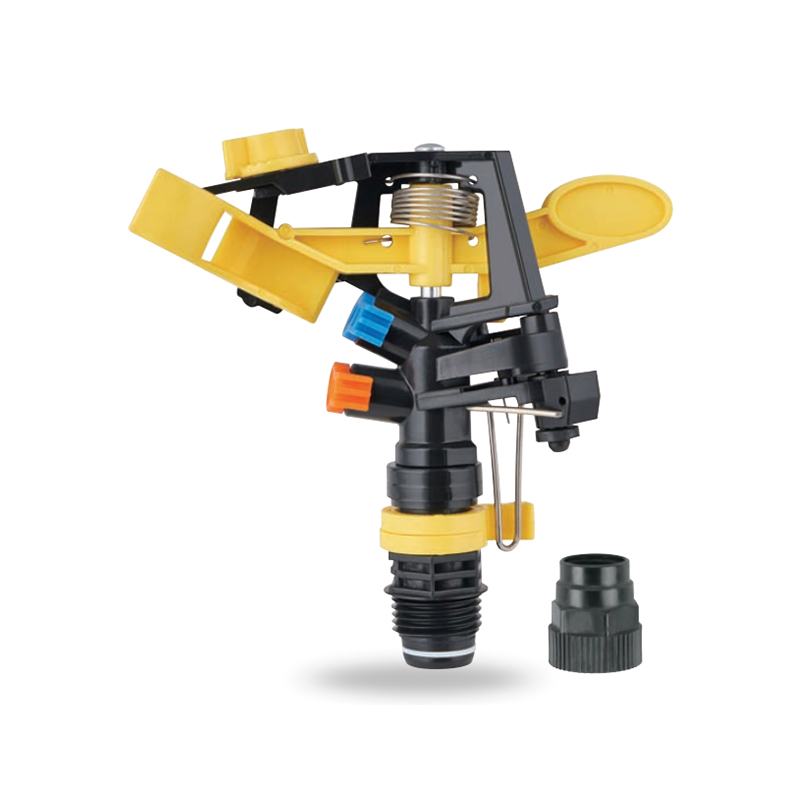
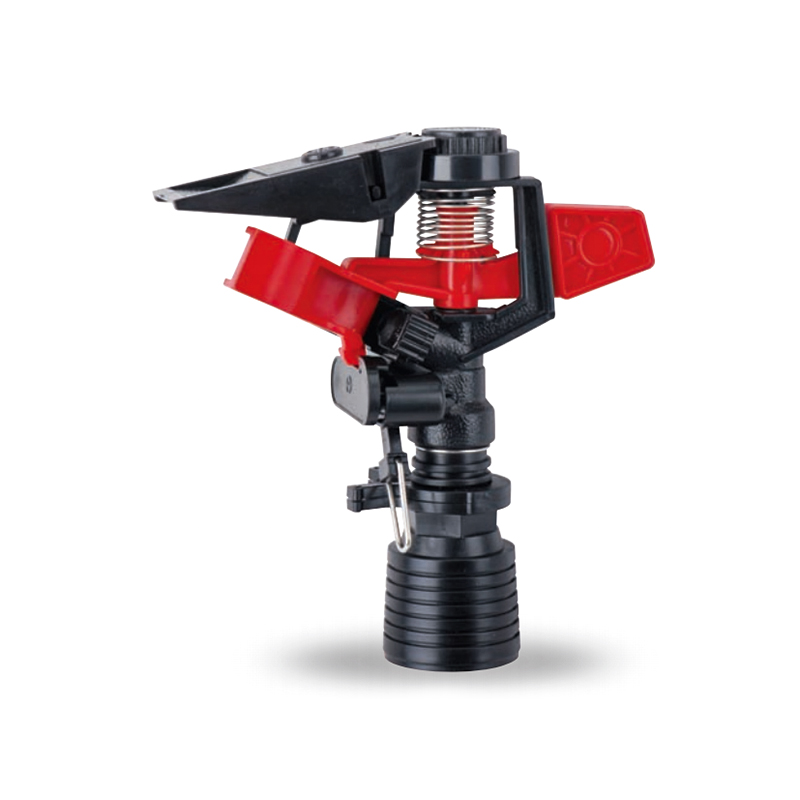
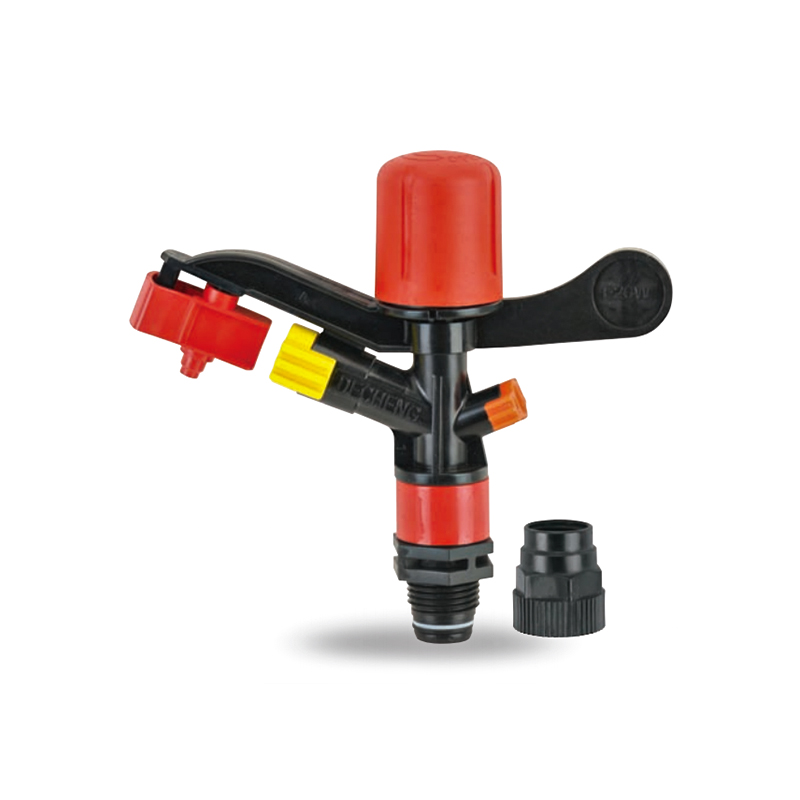
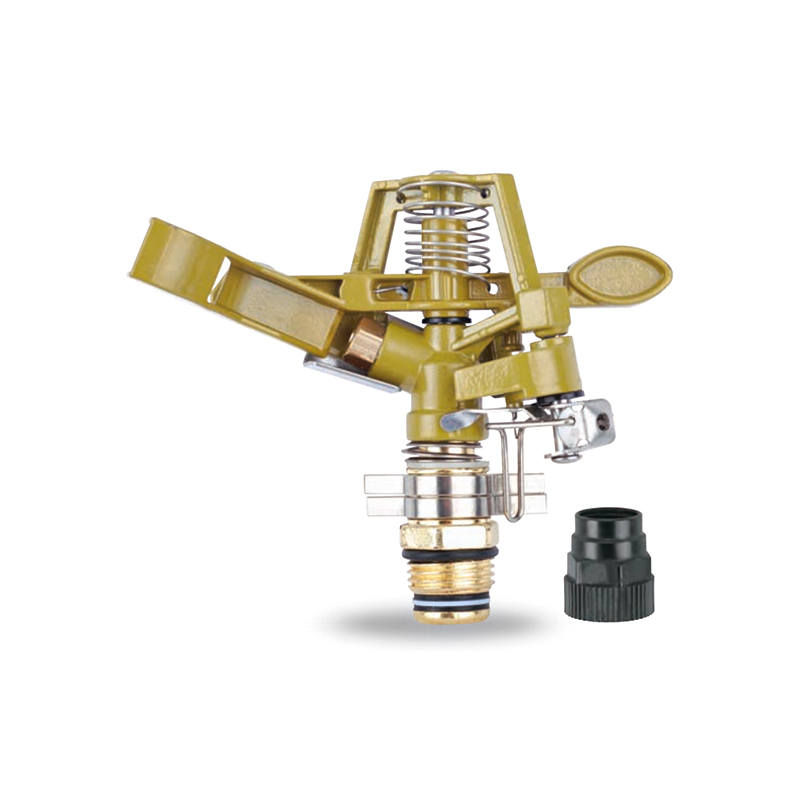
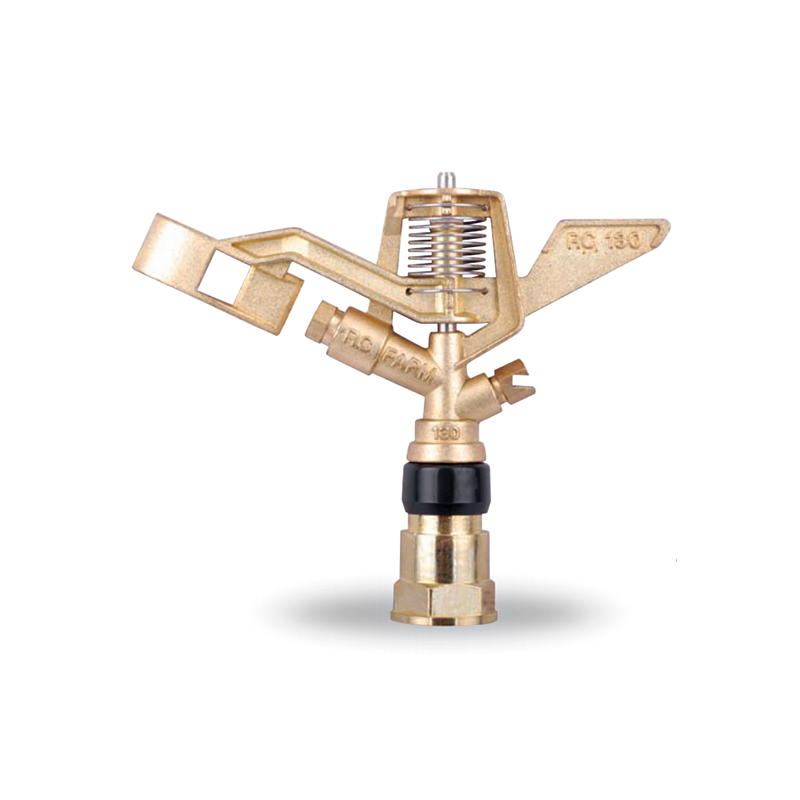
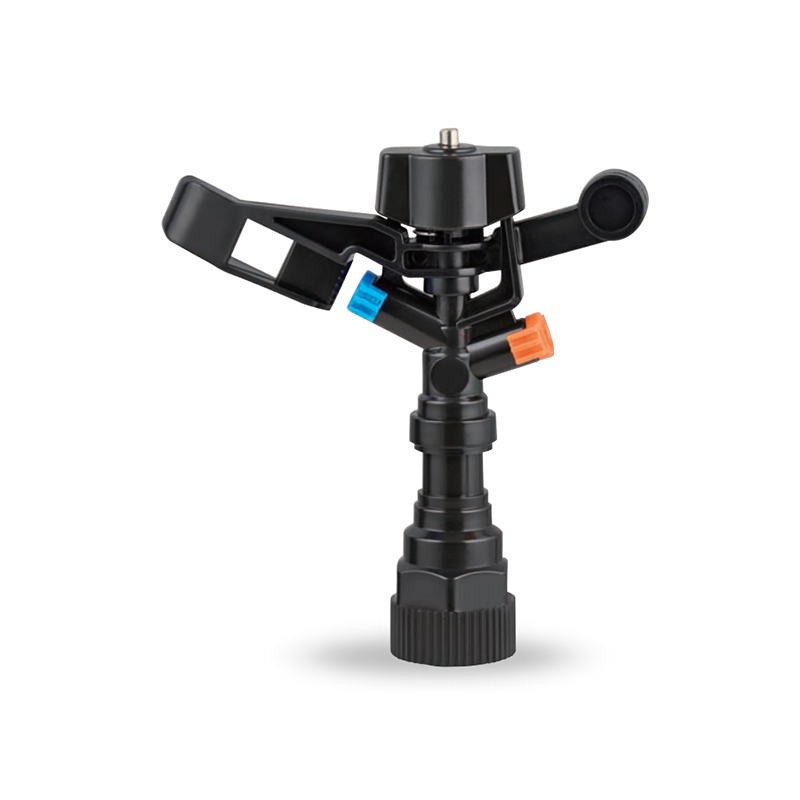
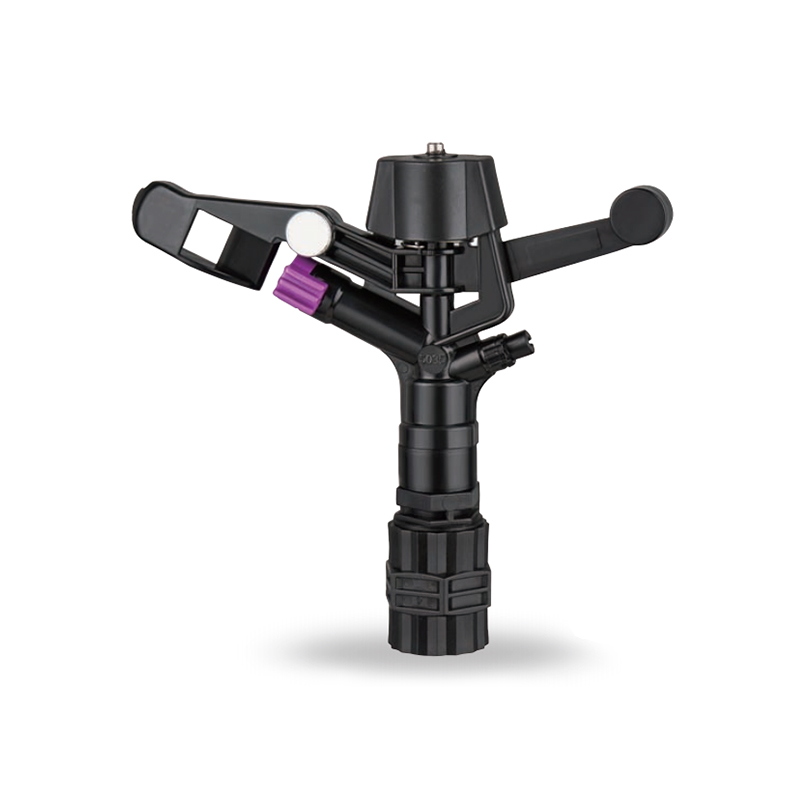
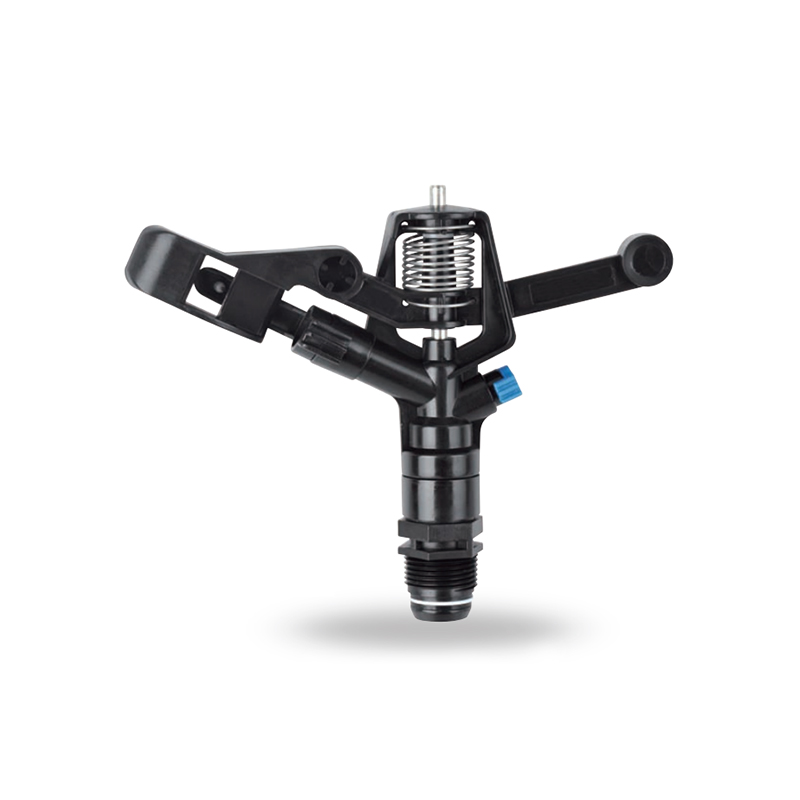
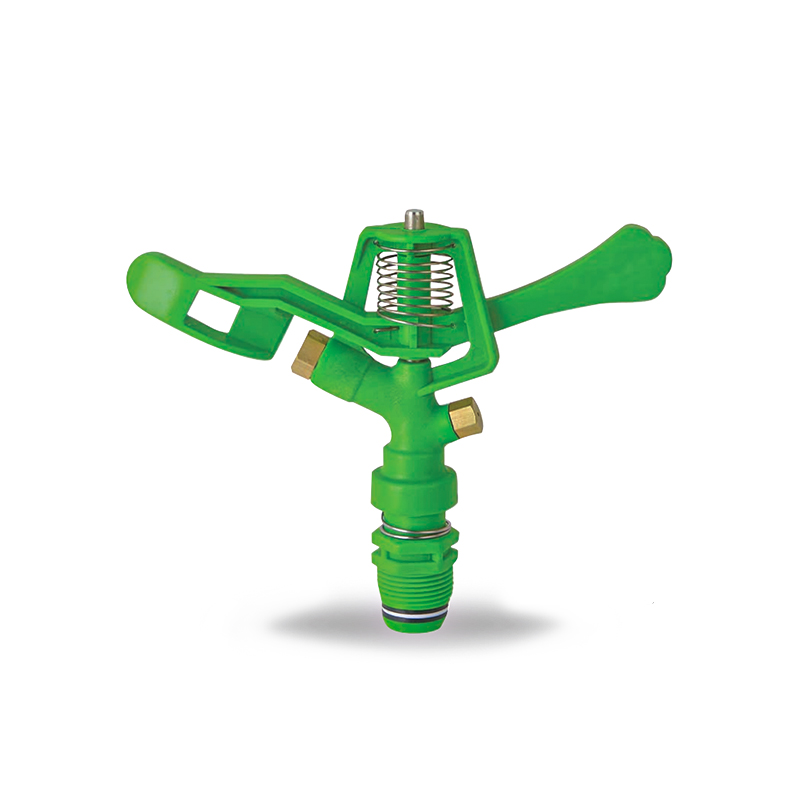
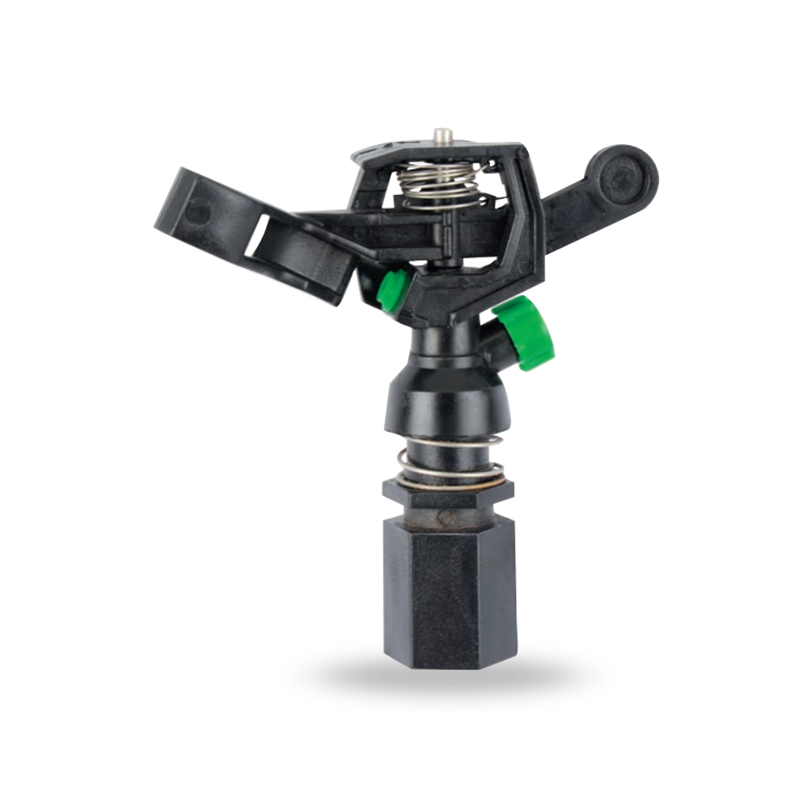
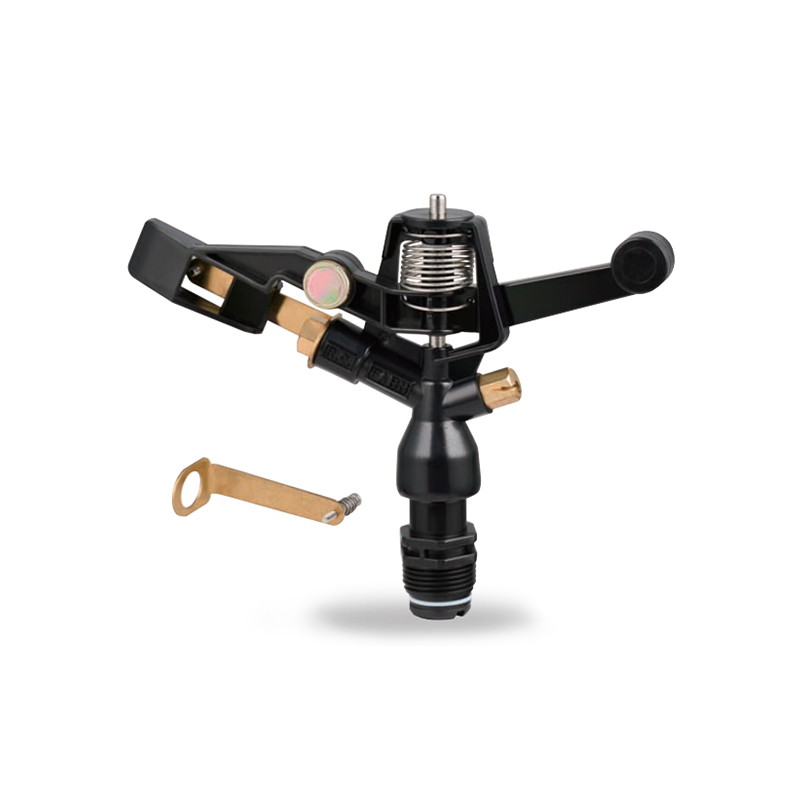
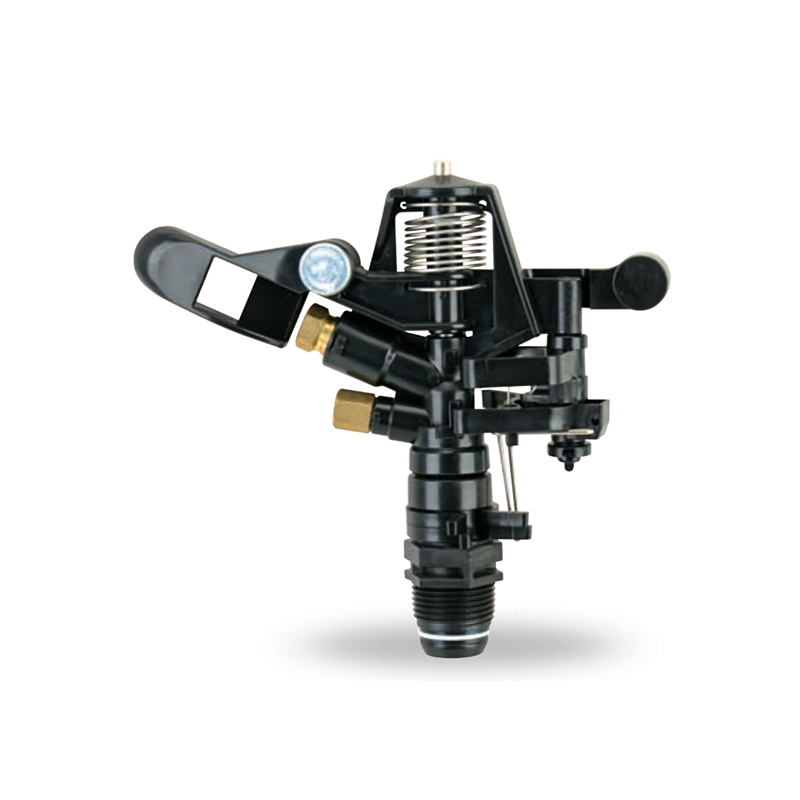



 No.518, Ruihao Road, Lizhou Street, Yuyao City, Zhejiang Province, China
No.518, Ruihao Road, Lizhou Street, Yuyao City, Zhejiang Province, China +86-13105554615 / +86-18005843886
+86-13105554615 / +86-18005843886 decheng@dcssq.com fredzhu@dcssq.com
decheng@dcssq.com fredzhu@dcssq.com

